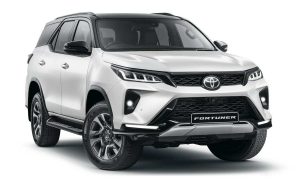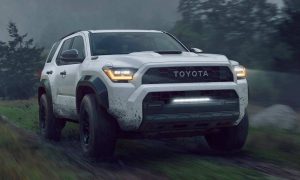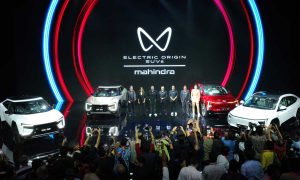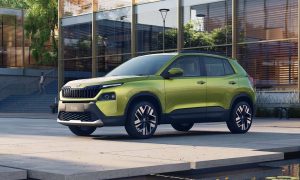Yea, I know exactly what you’re thinking; drifting is supposed to be a skill, isn’t it? I mean, I wouldn’t be interested in watching Ken Block strapped into the seat of an autonomous drifting vehicle, where he just sits awkwardly and looks at his smartphone while his vehicle does some funny drifts. Yea, that doesn’t sound even remotely interesting, does it? But I think we should try and understand what’s in the mind of the folks at the Toyota Research Institute (TRI) in California. The people here have been working on automated driving tech for a long time.
So, why are they doing this? Well, apparently, TRI is not trying to sell this autonomous drifting technology to a professional racing driver or a skilled/expert driver. Obviously, it doesn’t make a lot of sense since they already have that skill; well, at least most of them if not all. A skilled driver doesn’t need to know how to drift? Come on, why would you call yourself an expert or a skilled driver if you don’t know how to drift; you’re just a normal driver. But anyway, what TRI is talking about is situations where a normal driver may have to make extreme maneuvers that push the vehicle close to and, at times, beyond normal handling limits.
“When faced with wet or slippery roads, professional drivers may choose to ‘drift’ the car through a turn, but most of us are not professional drivers. That’s why TRI is programming vehicles that can identify obstacles and autonomously drift around obstacles on a closed track,” says Jonathan Goh, a research scientist at TRI.
“Through this project, we are expanding the region in which a car is controllable, with the goal of giving regular drivers the instinctual reflexes of a professional race car driver to be able to handle the most challenging emergencies and keep people safer on the road,” adds Avinash Balachandran, Senior Manager of TRI’s Human Centric Driving Research.
TRI has partnered with the Dynamic Design Lab at Stanford University, automotive performance specialist GReddy and professional drifter Ken Gushi to develop this technology. The technology uses Nonlinear Model Predictive Control (NMPC). It is being tested on a specially modified racing Supra, equipped with computer-controlled steering, throttle, clutch displacement, sequential transmission and individual wheel braking.

Leave a Reply
Note: Comments that are unrelated to the post above get automatically filtered into the trash bin.



































